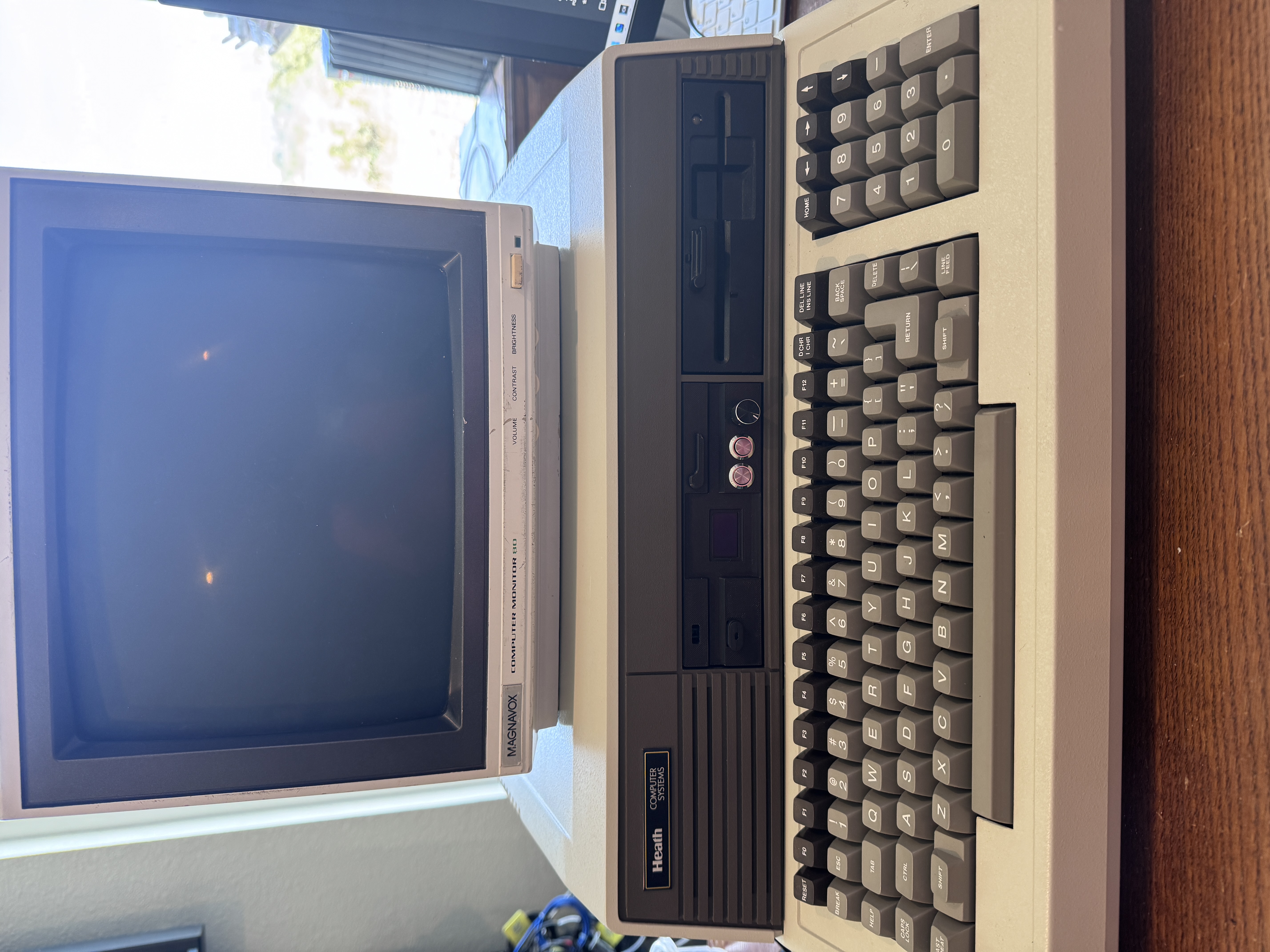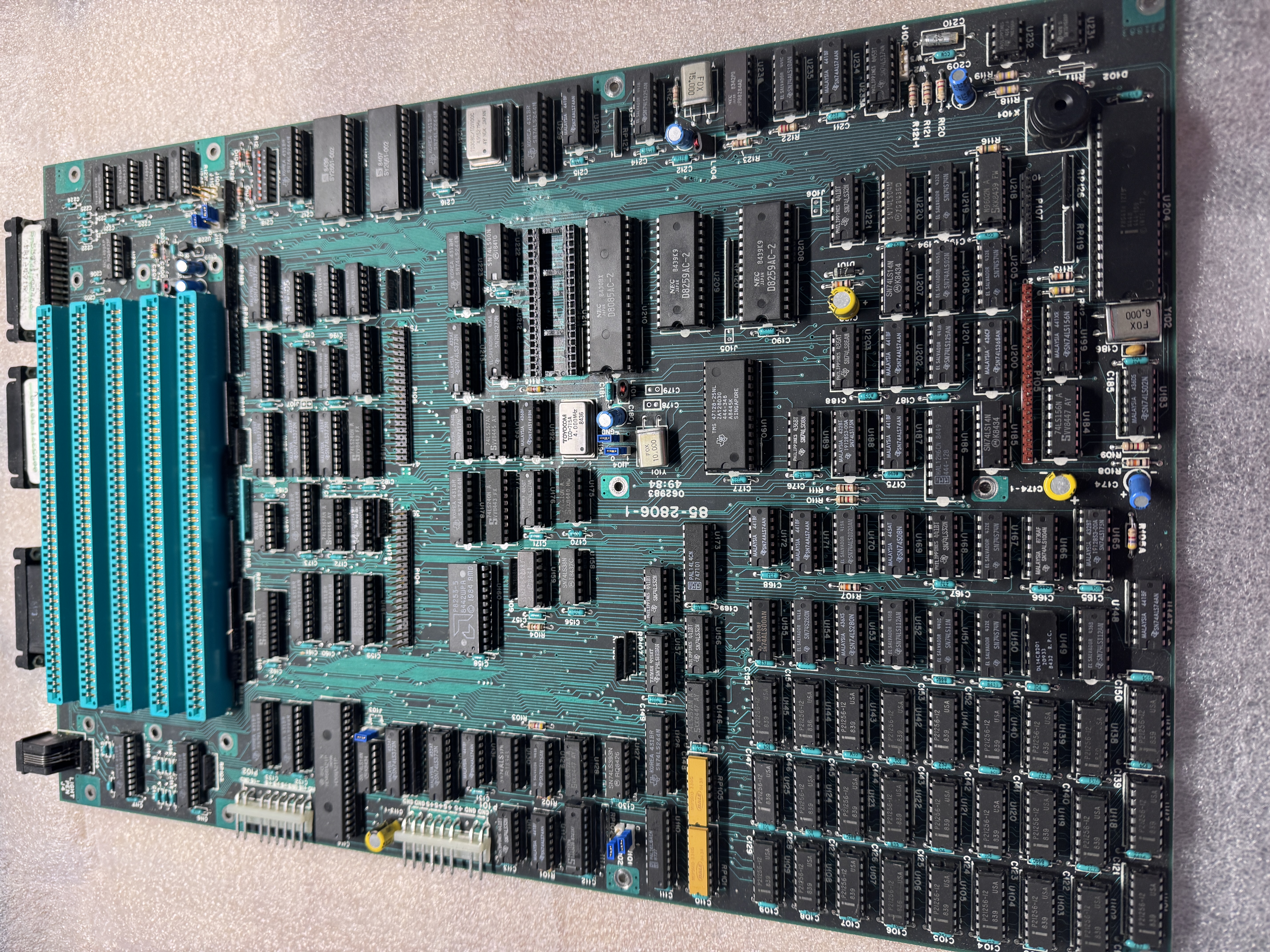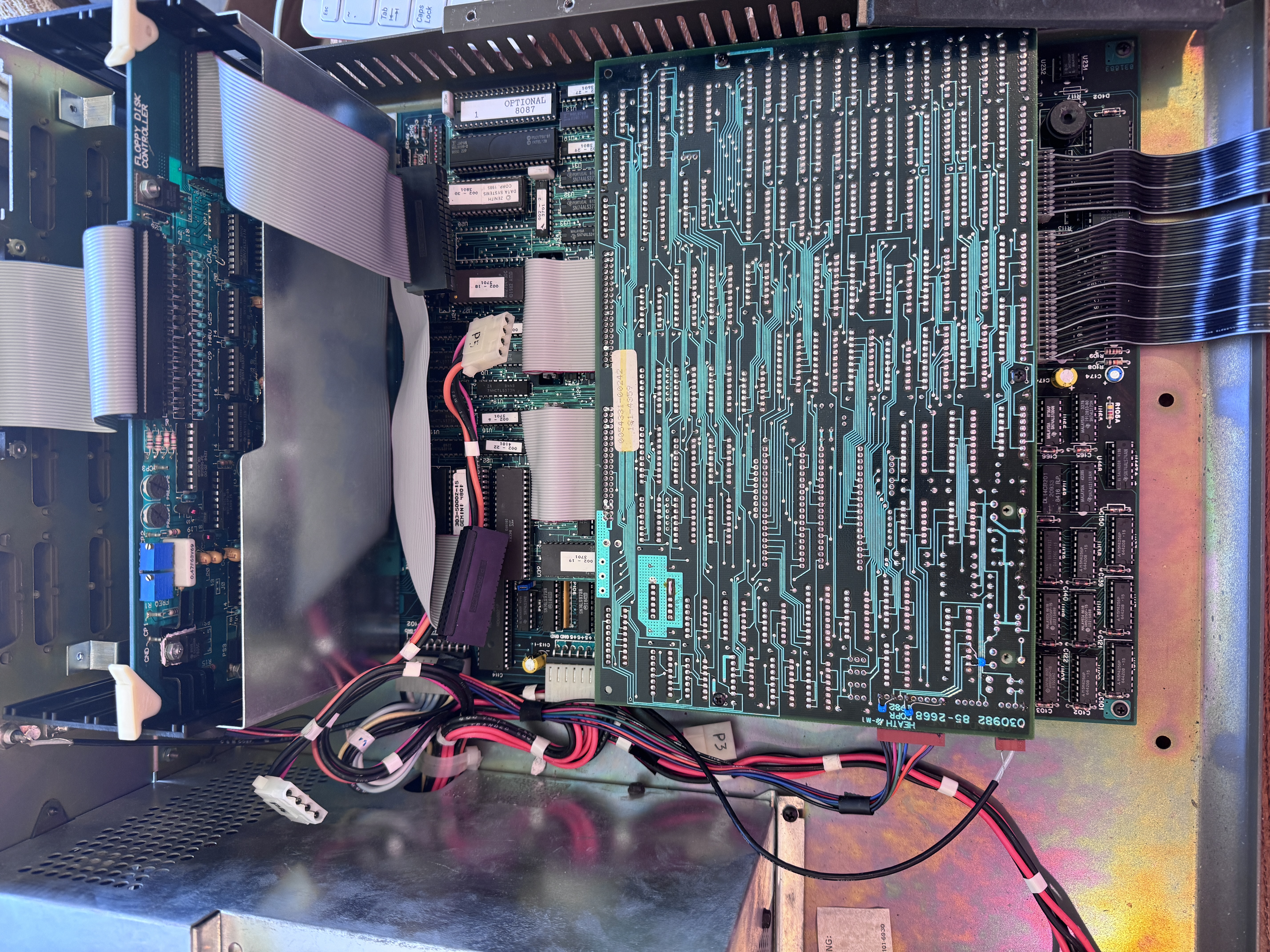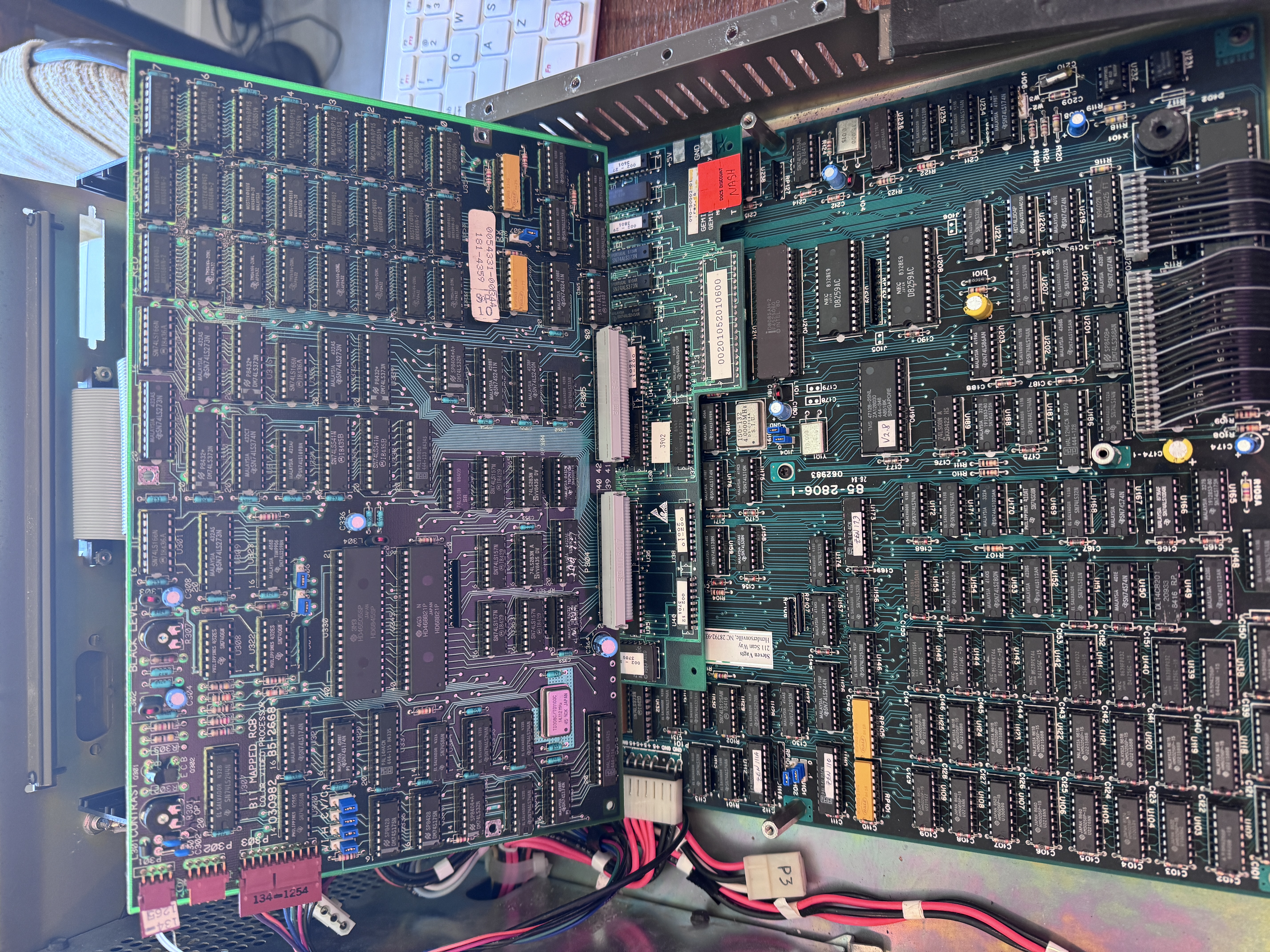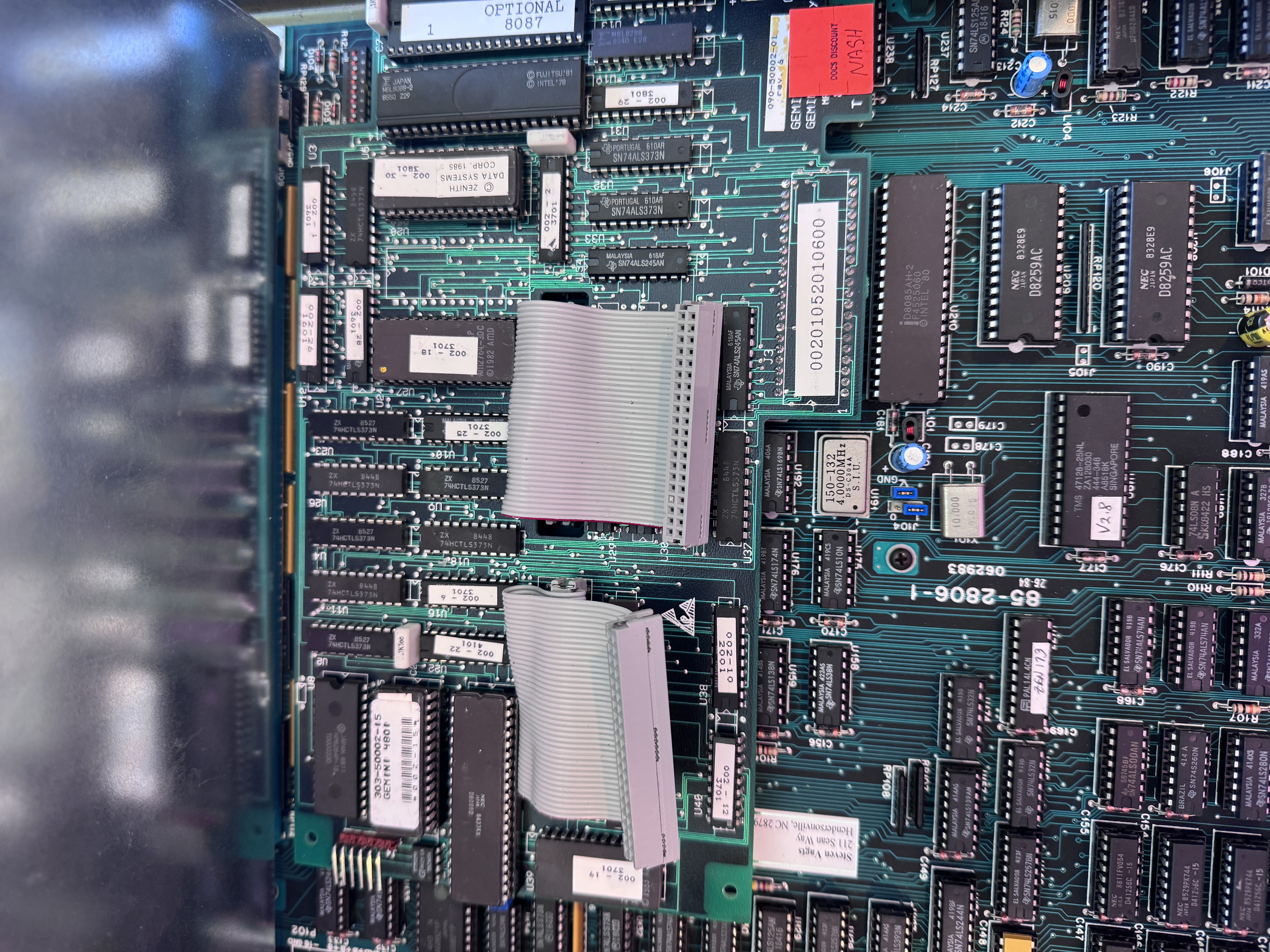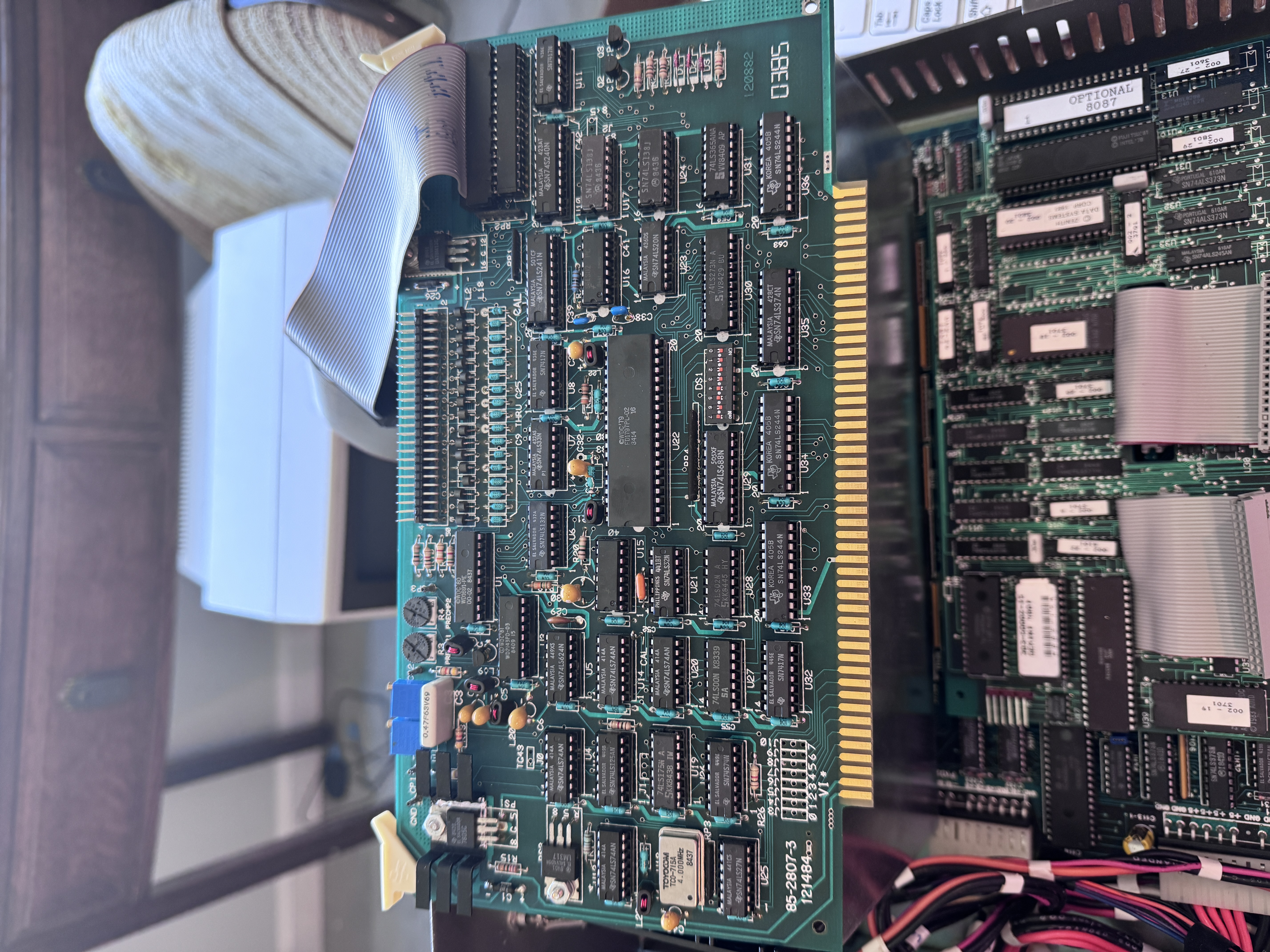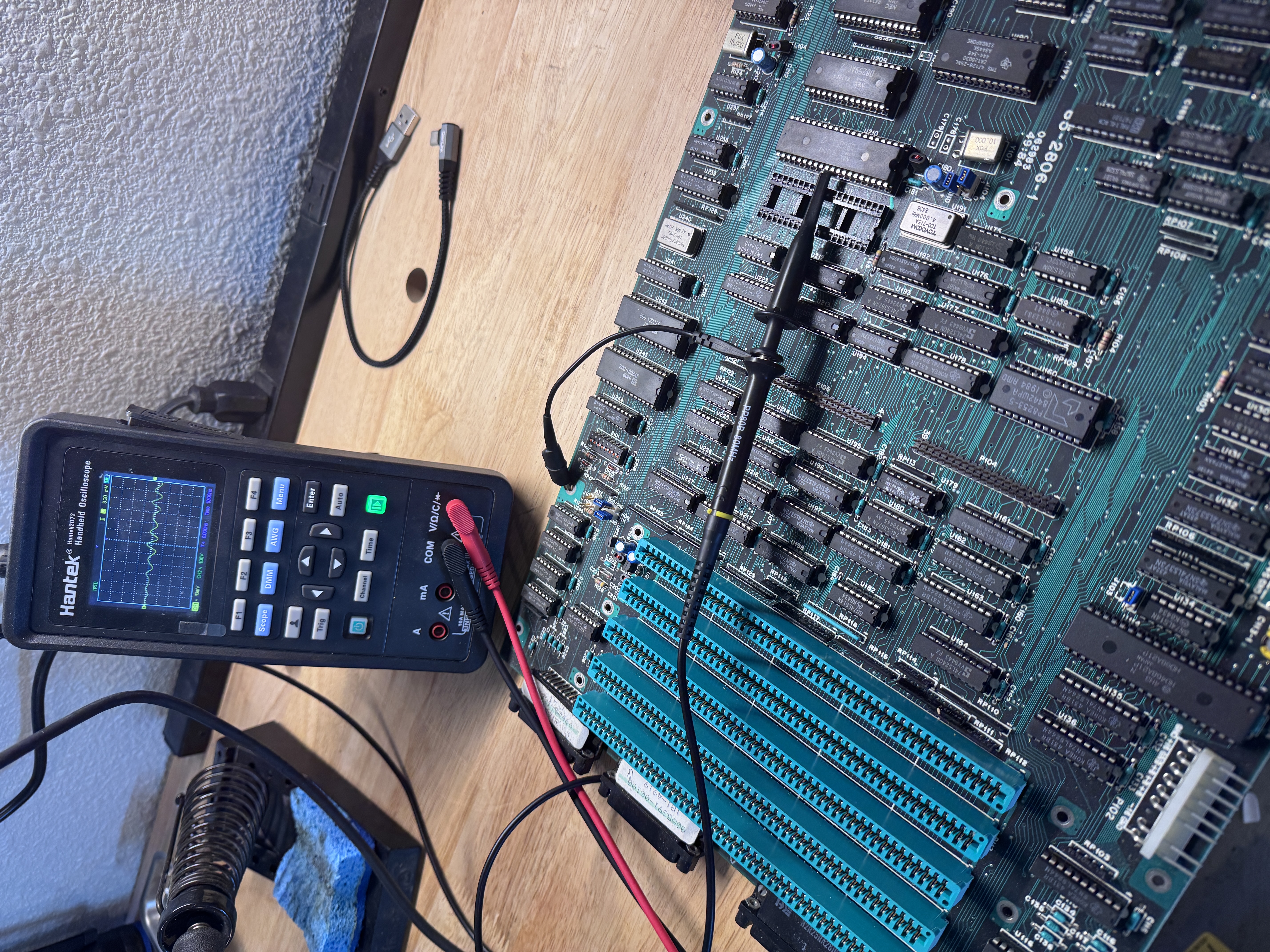In this article
First Impressions Booting into the Past Diagnostics and Repair Results Reflections AcknowledgmentsFirst Impressions
The Zenith Z-110, sometimes called the Heath/Zenith Z-100, is a fascinating creature of the early 1980s. Designed during the uncertain years when CP/M was giving way to MS-DOS, it straddles both worlds. Mine arrived as a non-booting unit that was dirty, unstable, and with an odd upgrade card installed: the Gemini PC Compatibility module. That card let the machine run MS-DOS, but it still held on to its CP/M heritage. While certainly not a IBM PC Clone of the era, its compatibility was quite good for the time, and its graphics superior.
Booting into the Past
Surprisingly, after initial cleanup and minor repairs, the machine booted 8-bit CP/M without too much complaint. The BIOS and floppy drives worked well enough. But the moment I tried to run 16-bit CP/M or DOS, the machine simply failed. That crash defined the repair journey: something deeper was wrong with memory or the 8088 compatibility layer. Suspecting the Gemini, I removed it. But that proved to be a false premise.
Diagnostics and Repair
The machine came with factory MSDOS 3.2 diskettes, and a single disk with no label. None of the MSDOS disks would boot, but the single unlabeled disk would boot into CP/M-80. Unfortunately, there was nothing else on the disk, so I was unable to test it further, as I couldn't format, copy or otherwise perform other disk activities beyond a simple DIR. Because the DOS disks themselves wouldn't boot I went through all the obvious items for troubleshooting: Cleaning drives, swapping A for B, trying other disks with no success. This led me to RetroTechnology.com where I bought a full set of 8 and 16 bit disks. It took a month for them to arrive, but they did. Unfortunately, only the 8 bit CP/M disks would boot. All the 16 bit stuff failed with a memory dump and a "Parity or Bus error" message.
The Z-110 came with an onboard Monitor ROM in both its native Z-100 mode and in MS-DOS compatibility mode. These monitors weren’t just for bootstrapping, they provided surprisingly extensive system tests, covering memory banks, drive subsystems, video, and more. I ran these diagnostics in loops for hours, expecting to flush out the elusive failure.
Unfortunately, every test reported clean, with no errors found. Those test results, clean diagnostics but obvious instability failure in 16bit-mode made the troubleshooting more challenging.
It was a brief but brutal proving ground that determined which designs would shape the next decade of computing.
At this point, the repair effort took a more technical turn. I began scouring every available online reference, documentation archive, and enthusiast forum related to the Z‑100 and its hardware variants. The Z-100 Lifeline website proved to be a very useful resource for me. Service manuals, ROM dumps, and circuit descriptions were compared line by line. Bit by bit, the pattern emerged: a subtle logic fault in the 16‑bit path was interrupting proper execution. Careful signal tracing and substitution of suspect components finally revealed the source. But that process was quite lengthy and is a topic for a different blog. While I had initially suspected the Gemini card may have contributed to the "Parity or Bus error" message, this proved to not be the case and the issue was definitely on the system Mainboard.
Once isolated, the failure was straightforward to correct but the journey to reach that point was not. The process reinforced how dependent these restorations are on preserved technical information and the shared knowledge of the vintage computing community. Without those digital archives and collaborative online spaces, a repair like this would be close to impossible.
But in the end....repairs were completed!
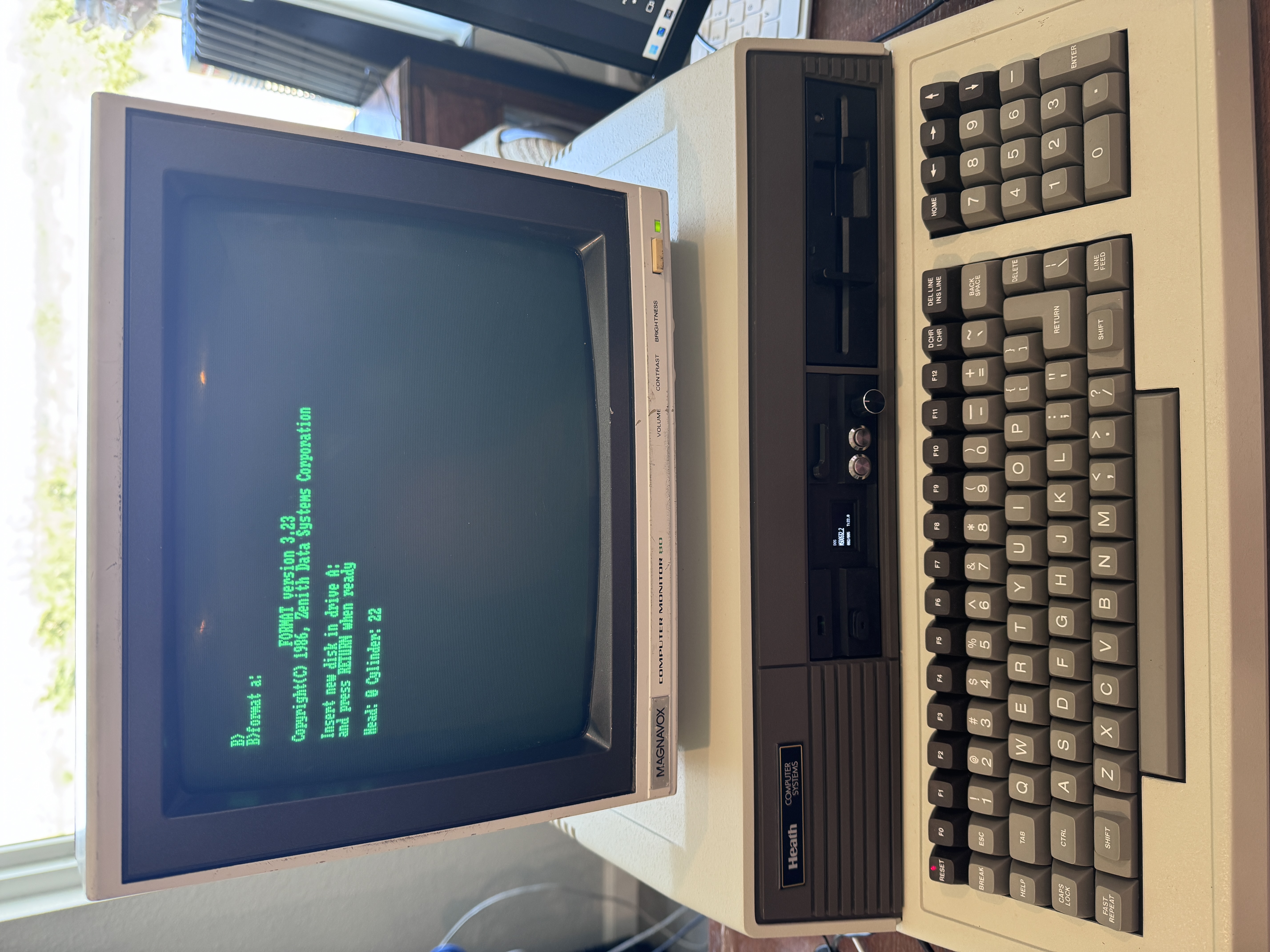
Results
With patience and persistence, the machine finally ran all three operating systems: CP/M-80, MS-DOS, and CP/M-86. Seeing 16-bit CP/M load without spitting a register dump felt like closing a chapter in early microcomputer history. The Z-110 was once again the bridge it was meant to be. It's an important addition to my growing collection!
I'm not done, not by any means. I've added a GoTek to make diskette management and booting easier, and have transferred all the diskettes and boot images I have to it. Alas, other than demo software for the machine, I have very little software to run on it. That's my next mission - to gather up period DOS and CP/M titles to contrast them on each end of this bridge machine. Wordstar, SuperCalc, PeachTree are all titles available on both operating systems. Wouldn't it be interesting to see them on both CP/M 80 and MSDOS and contrast their differences? I think it would. There's even a version of Windows 1.0 available for both. I hope some day to find it.
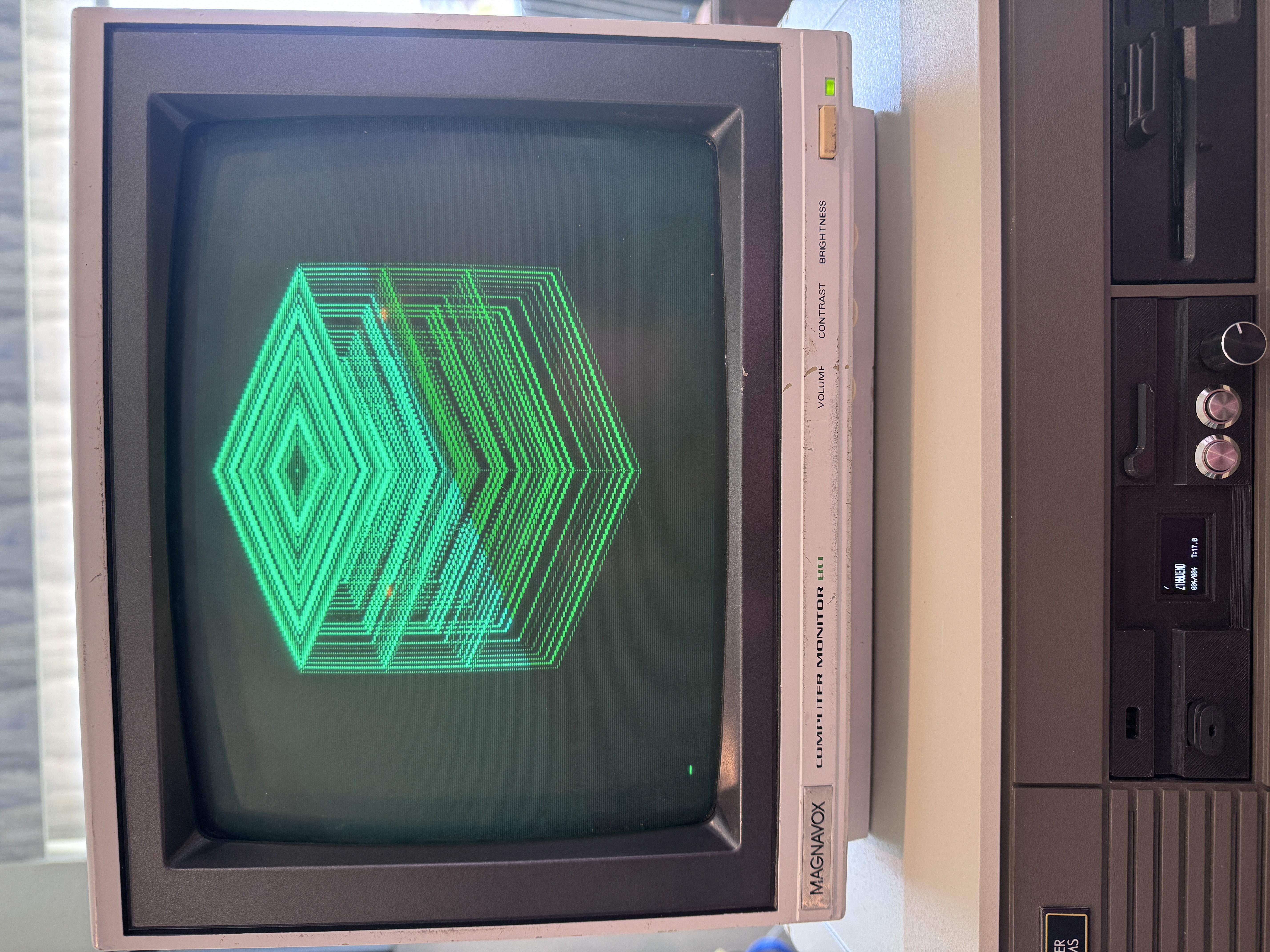
Reflections
Every repair teaches me something. This one reminded me how transitional machines, though quirky, embody the uncertainty of their time. The Z-110 is neither pure CP/M nor pure DOS, it’s both, and that duality makes it fascinating. Keeping it alive means preserving a sliver of computing’s messy evolution, one boot screen at a time.
Acknowledgments
This repair and research would not have been possible without the invaluable work of Steven Vagts and the Z-100 Computer Lifeline website. His documentation and dedication to preserving knowledge about these unique machines provided technical and operational insights that proved essential throughout the process.
Additional thanks to Herb Johnson at RetroTechnology.com for supplying multiple Operating System disks.
For more on the Z-100 family, visit Z-100 Lifeline and RetroTechnology.com for documentation, software, and community resources. There is a LOT of information on those sites!
